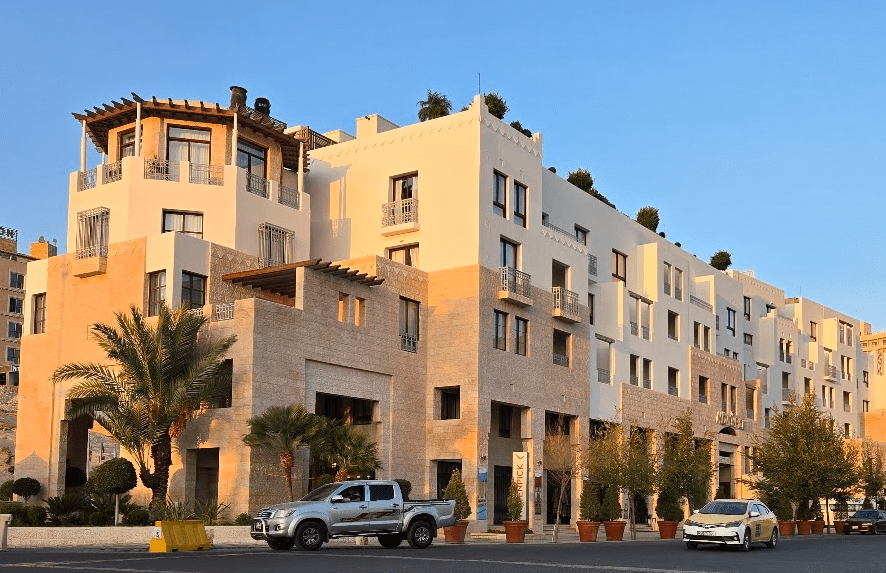Petra
The ancient city of Petra, nestled in southern Jordan’s desert canyons, represents one of humanity’s most extraordinary architectural achievements. This UNESCO World Heritage site, built over 2,000 years ago by the ingenious Nabataean civilization, encompasses 264 square kilometers of desert terrain. The vast archaeological park includes both the main city of Petra and Little Petra (Siq al-Barid), a smaller satellite site that functioned as a suburb and commercial outpost. The region’s distinctive sandstone geology, with its soaring cliffs and winding canyons, provided these master craftsmen with the perfect natural canvas for their monumental rock-cut creations.
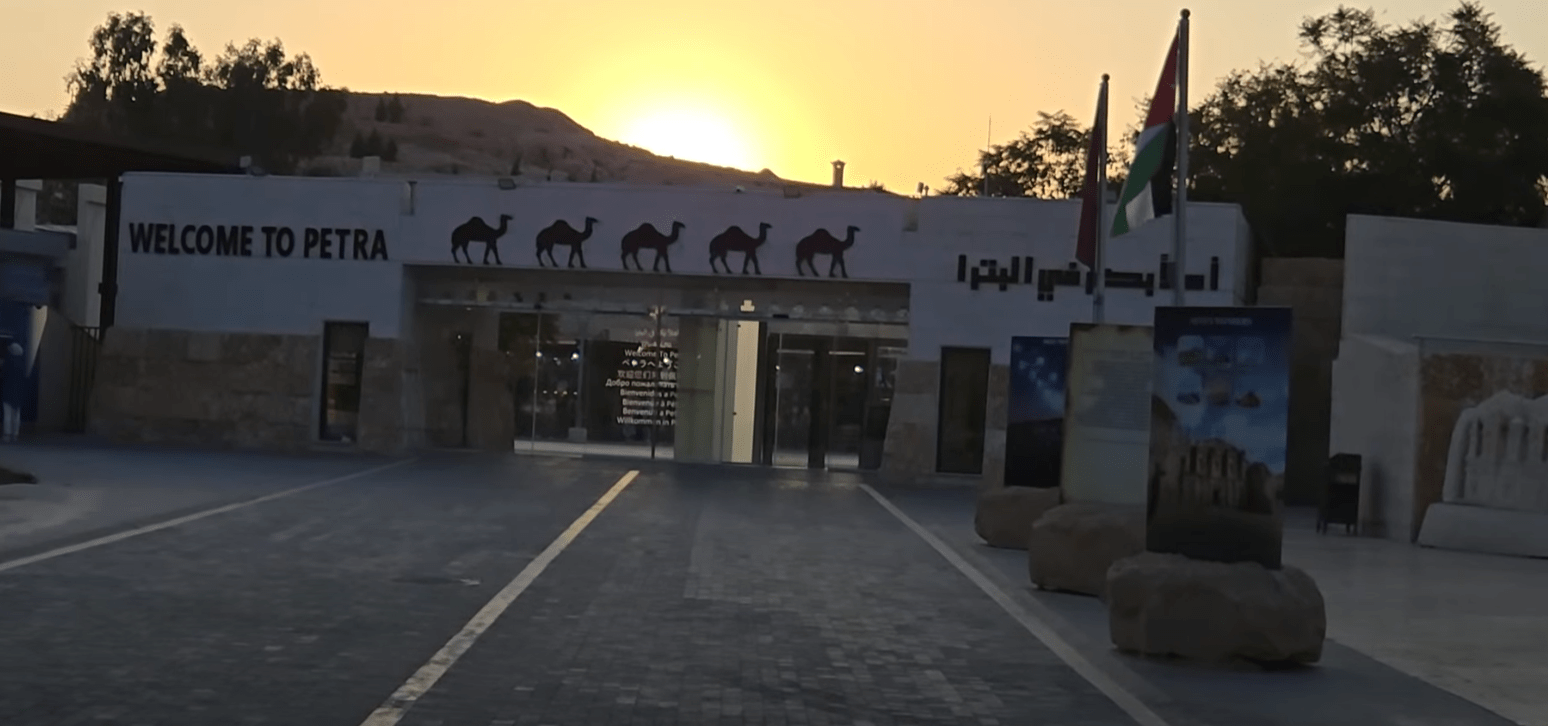
The Siq serves as Petra’s dramatic natural entrance, a meandering 1.2-kilometer gorge that builds anticipation with every step. Its towering walls soar up to 180 meters, creating a narrow canyon that occasionally opens to reveal slivers of sky above. Along this ancient passage, visitors can observe sophisticated water conduit systems carved into the rock walls, along with weathered religious niches and merchant caravans’ inscriptions. The play of light and shadow throughout the day creates an ever-changing canvas of colors on the striated rock walls, making each journey through the Siq a unique experience.
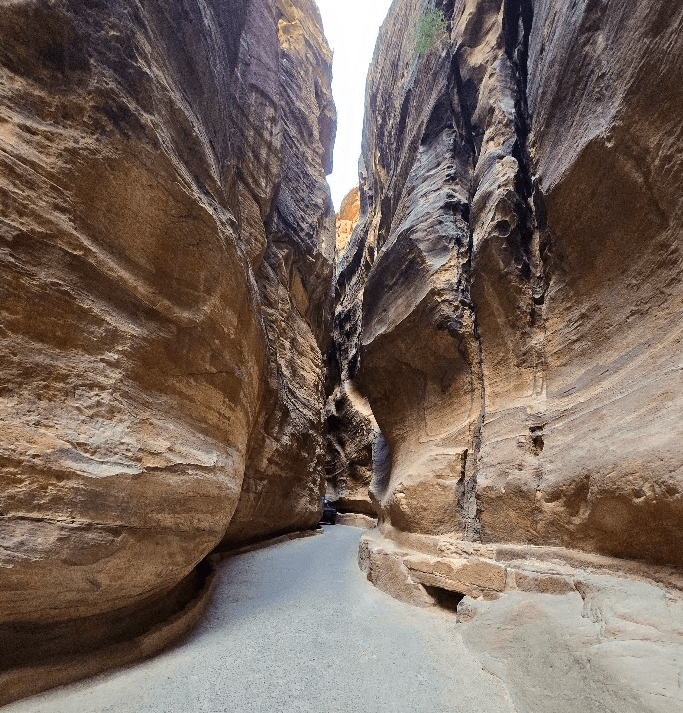
The Treasury (Al-Khazneh) emerges at the end of the Siq like a mirage, its 40-meter-high facade glowing pink in the desert sun. This masterpiece of Hellenistic architecture features two stories adorned with Corinthian columns, friezes, and pediments, all crowned by a distinctive urn that local legend claims contained a pharaoh’s treasure. The morning light bathes the facade in a warm rose glow, making it the optimal time for photography and quiet appreciation of its intricate details.
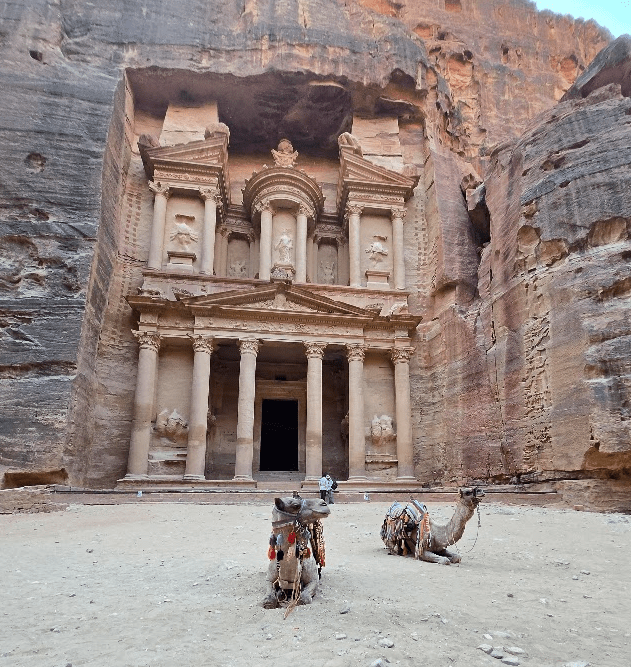
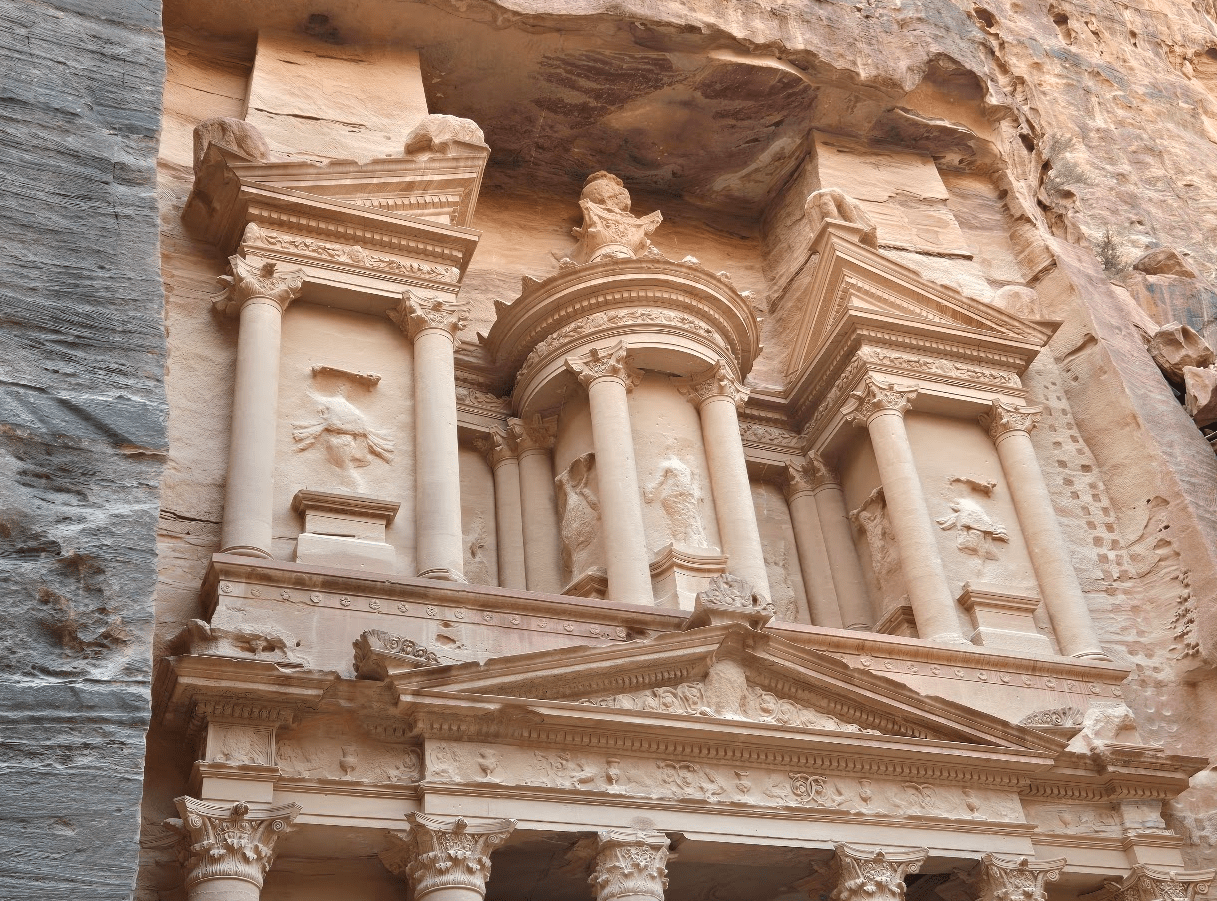
Walking through Petra
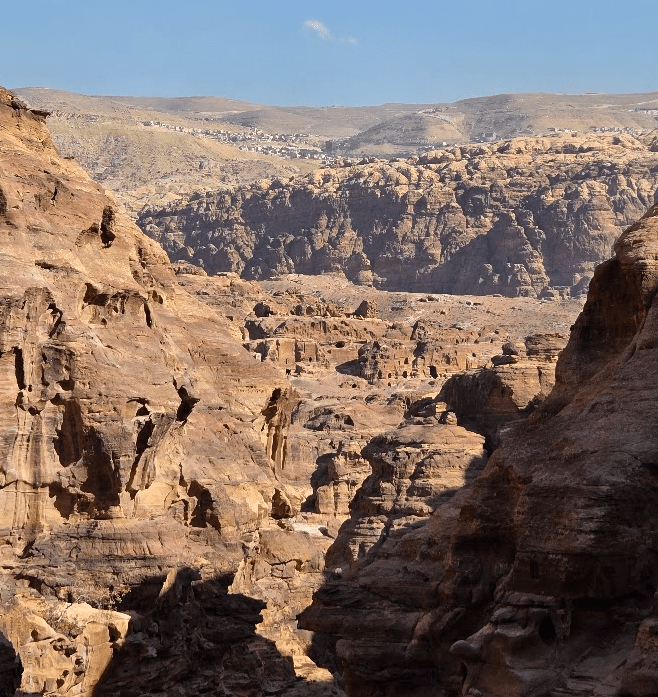
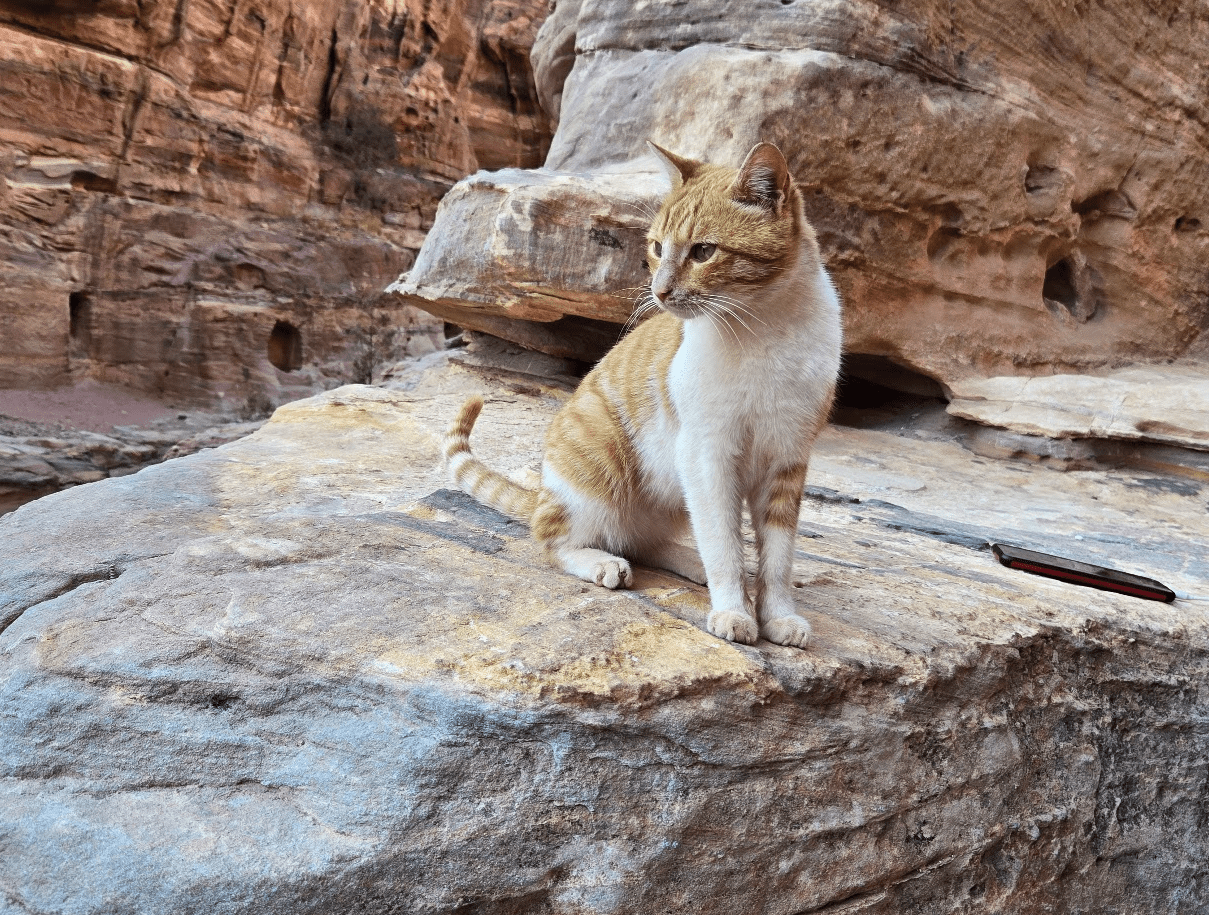
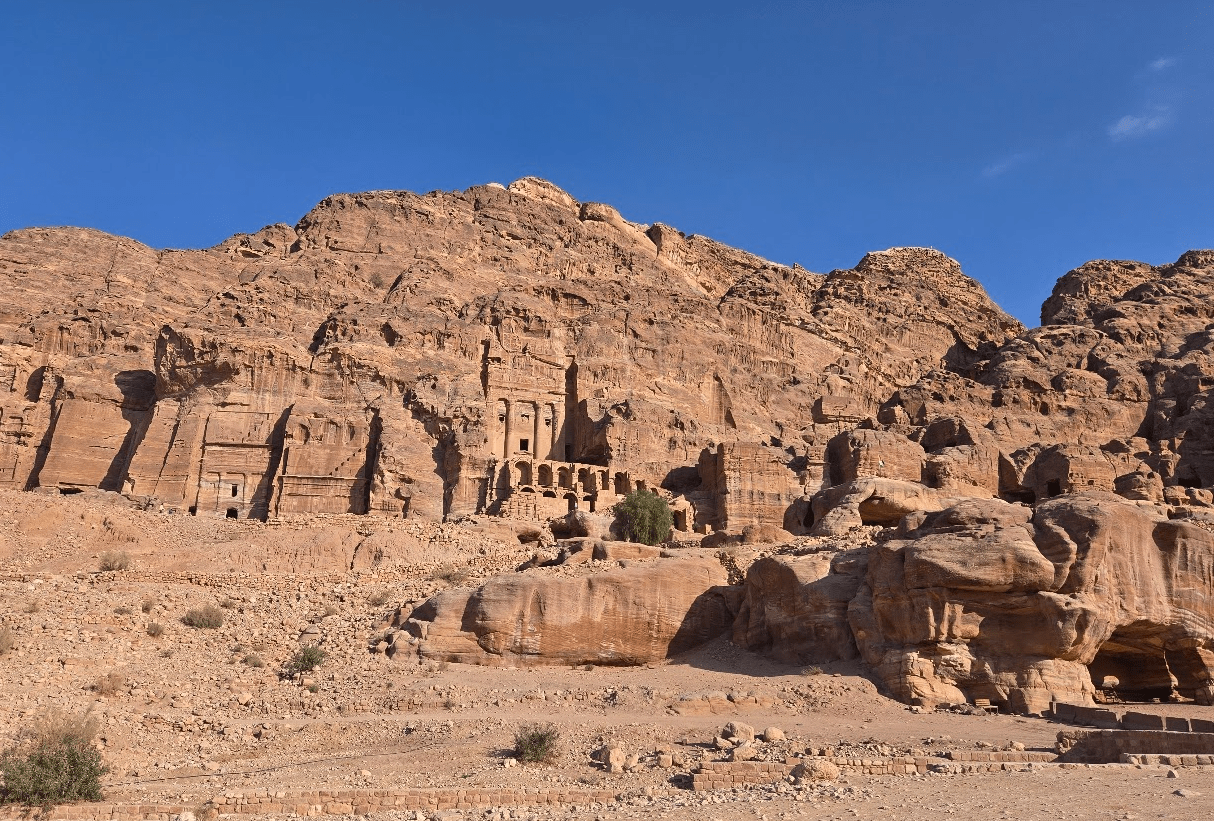
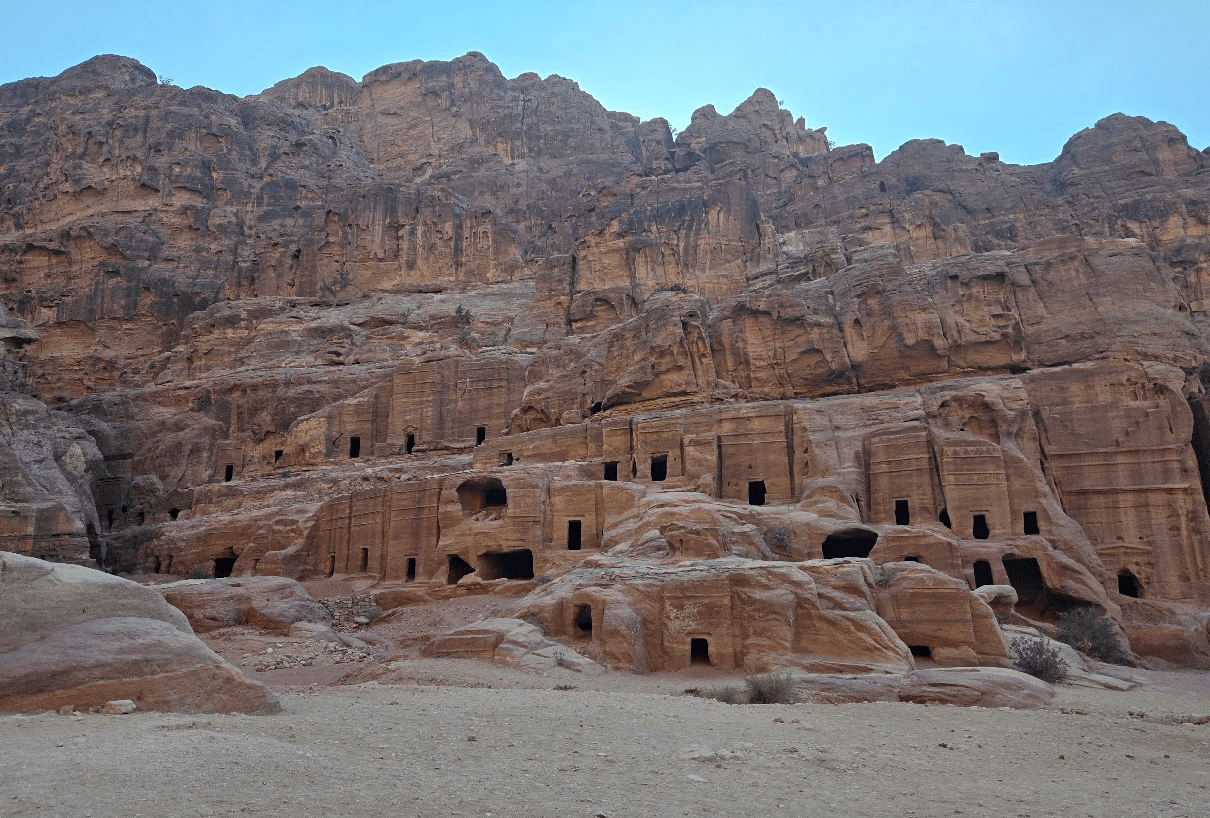
The ancient amphitheater in Petra, carved directly into the rose-colored rock face in the 1st century CE, demonstrates the Nabataeans’ adoption of Greco-Roman architectural styles. With a seating capacity of approximately 8,500 spectators, this massive structure is positioned at a strategic junction of the main colonnaded street and several other important thoroughfares. The amphitheater’s design follows classical Roman architecture, with three horizontal sections of seating divided by corridors, and a semicircular orchestra area at its base. What makes this theater particularly unique is that its construction required the sacrifice of many earlier Nabataean rock-cut tombs, whose remains can still be seen in the theater’s walls. Despite earthquake damage over the centuries, the theater’s remarkable acoustic properties and architectural grandeur continue to impress visitors, offering insight into the entertainment and cultural life of ancient Petra.
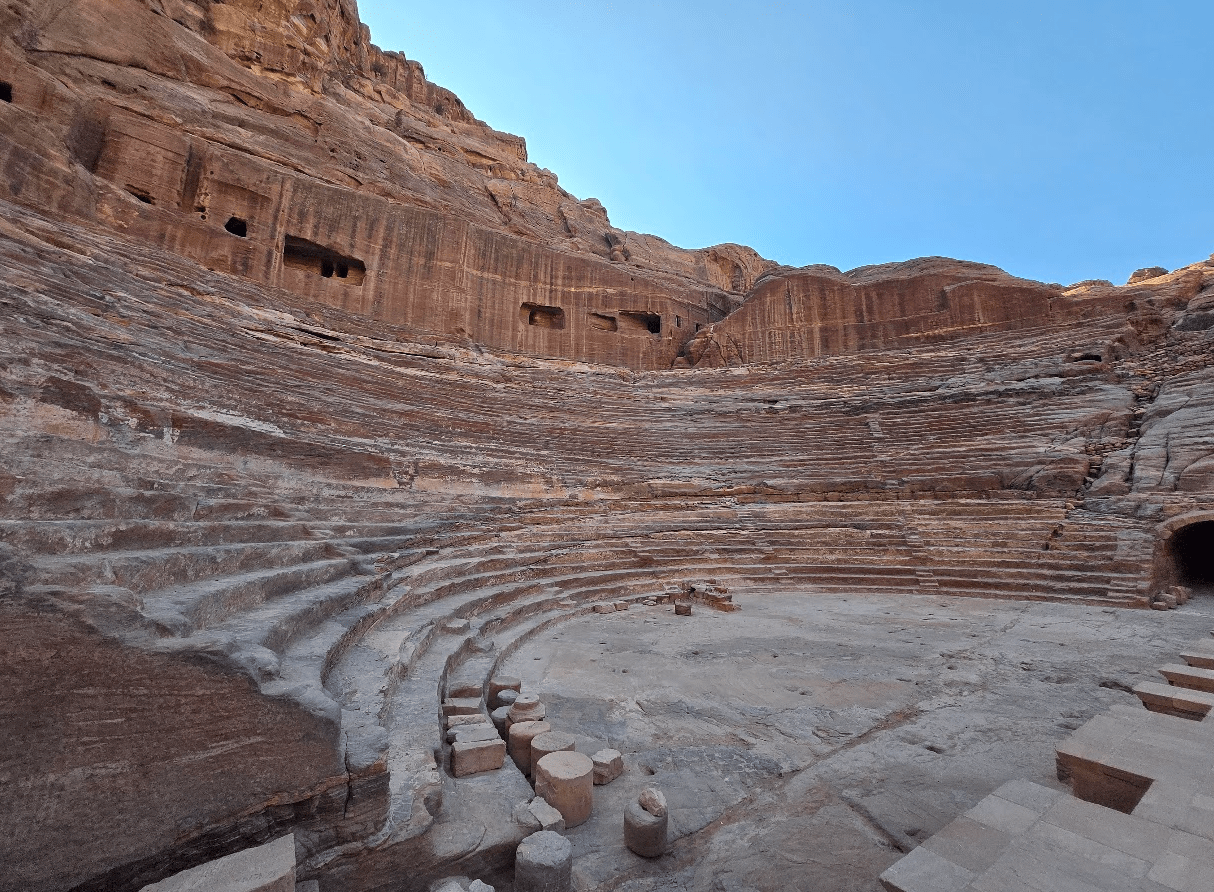
The Great Temple complex dominates the city center, covering an impressive 7,000 square meters. This monumental structure features a grand stairway leading to a colonnaded entrance, with remains of elaborate architectural details still visible throughout. The temple’s elevated position offered its original visitors commanding views of the city below, and today’s visitors can still appreciate this vantage point while exploring the extensive ruins.
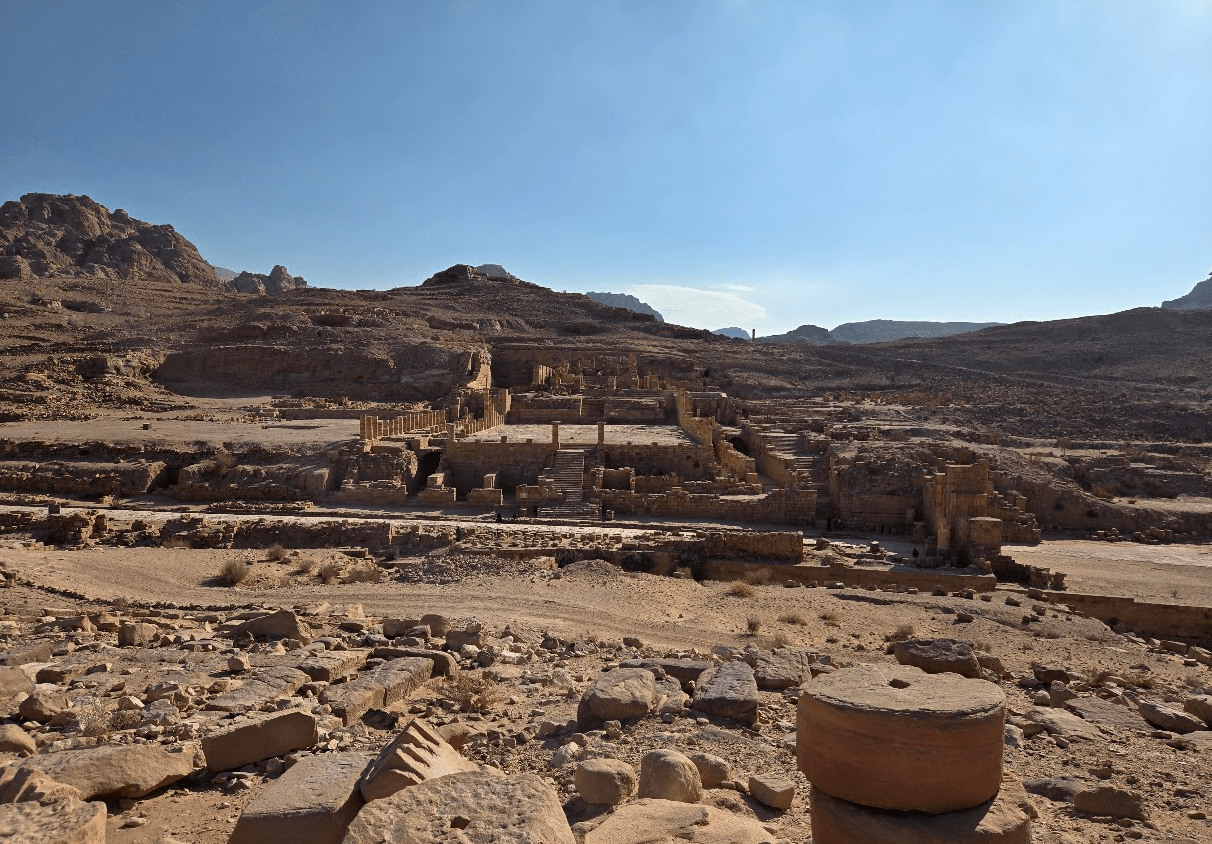
The Petra Church, also known as the Byzantine Church, stands as a testament to Petra’s Christian period during the 5th and 6th centuries CE. This remarkable structure features some of the most well-preserved mosaics in the ancient city, with intricate geometric patterns and allegorical representations of the seasons, ocean, earth, and wildlife. The church’s floor plan follows a typical Byzantine basilica design with three aisles separated by columns, and its most striking feature is the extensive collection of mosaic floors that have survived the centuries. These mosaics include detailed depictions of native and exotic animals, as well as personifications of nature, all framed by complex geometric borders. The church also houses scrolls discovered in 1993, which contained valuable information about life in 6th-century Petra.
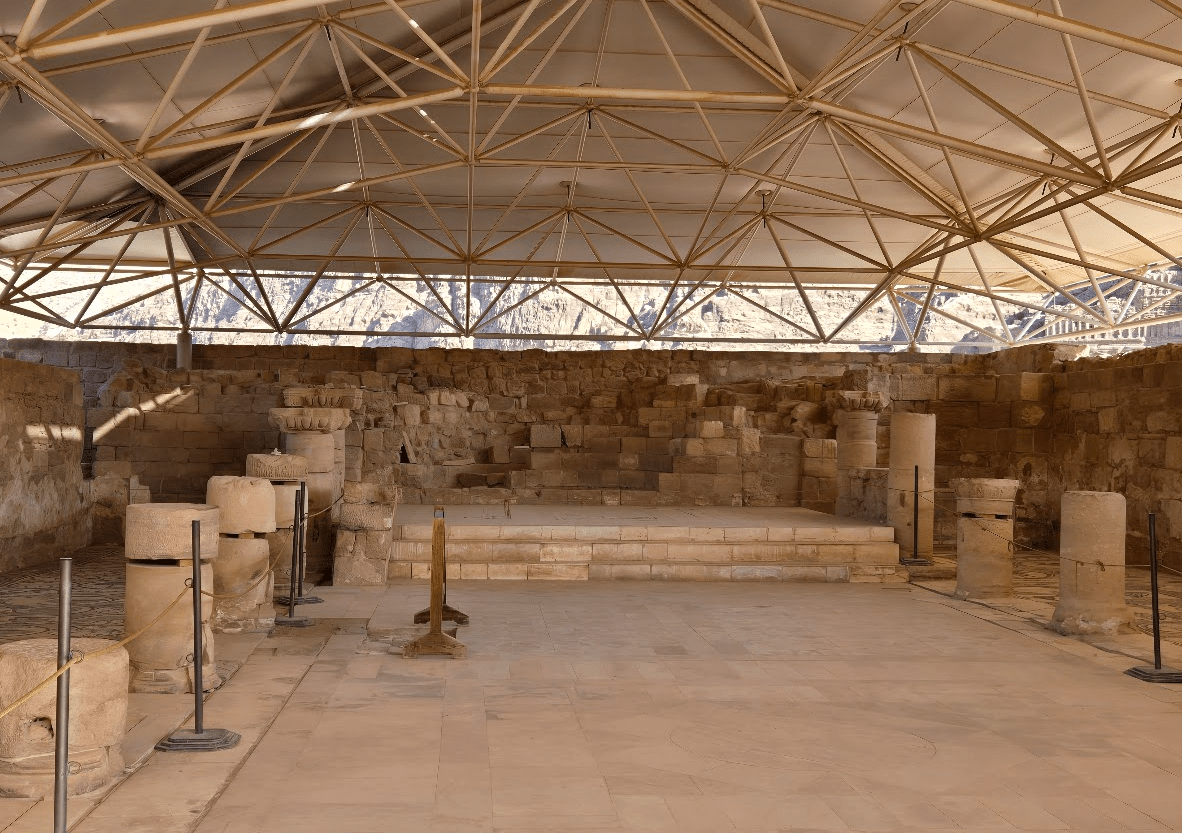
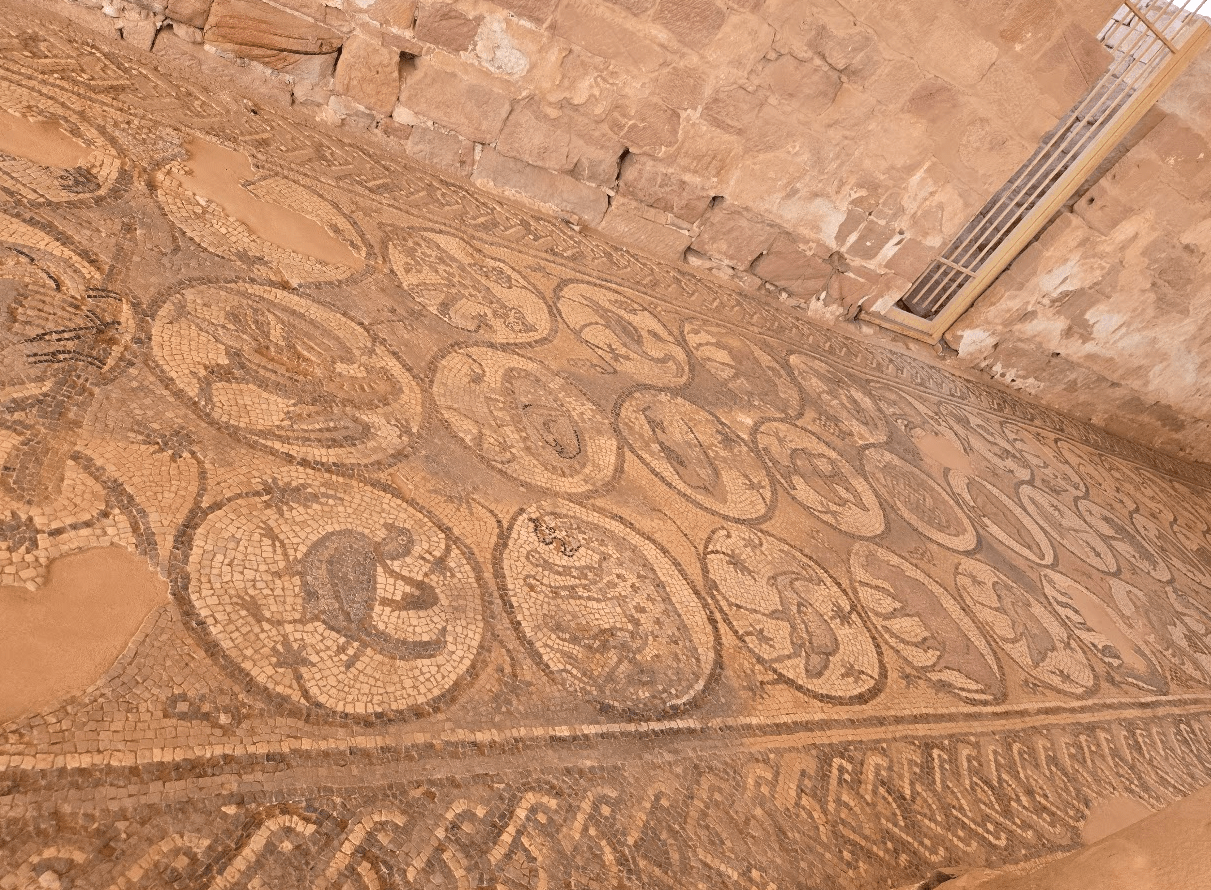
Monastery
The Monastery (Ad-Deir) stands as Petra’s most imposing monument, commanding attention with its massive 47-meter width and 48-meter height. Originally constructed as a temple and later repurposed as a church, this architectural marvel requires visitors to ascend 850 ancient steps carved into the mountain. The challenging climb typically takes about an hour, but the reward is worth every step. At the summit, visitors find themselves face-to-face with an intricately carved facade featuring classical columns, pediments, and a distinctive circular tholos at its crown. Unlike the often-crowded Treasury, the Monastery offers a more serene experience, with many visitors enjoying quiet contemplation on the nearby cliff-edge cafe.
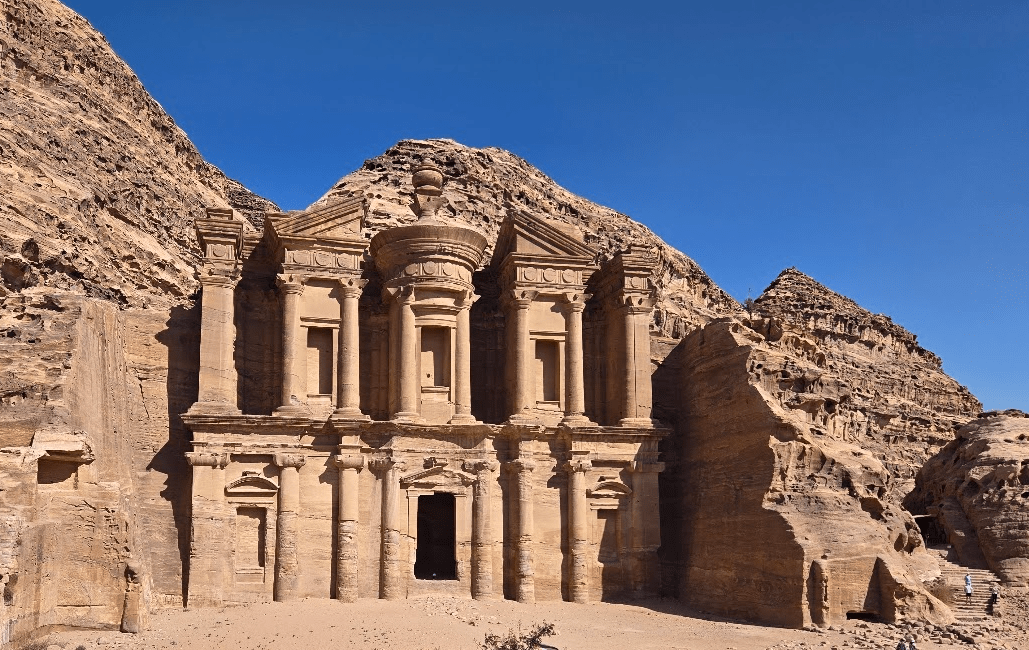
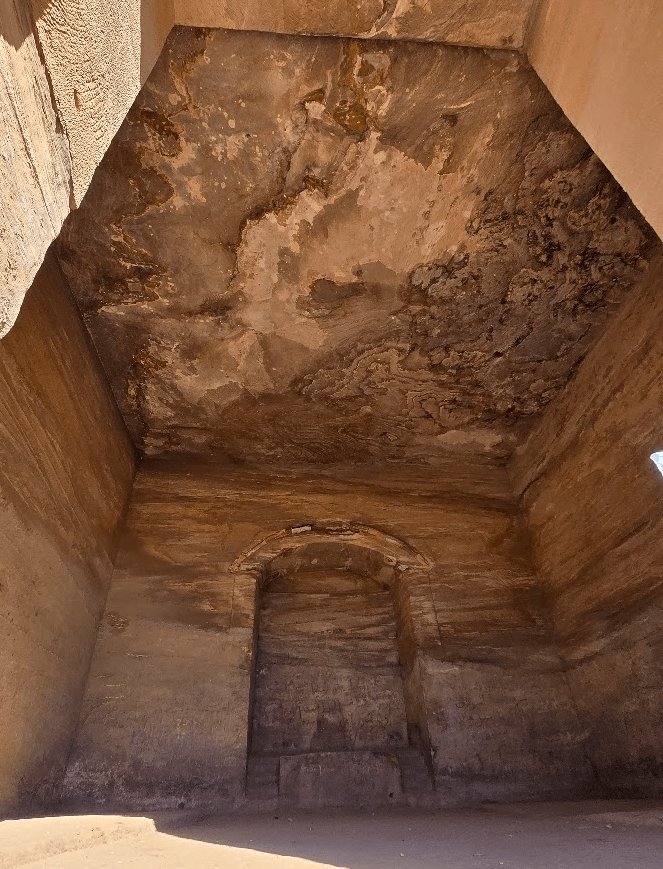
For those seeking a unique perspective of Petra, the back entrance trail (Wadi Muthlim route) offers an adventurous alternative to the main entrance. This challenging 8-kilometer hike begins near Little Petra and traverses dramatic desert landscapes before descending into the main site. Hikers are rewarded with spectacular panoramic views of the entire archaeological park, particularly stunning during the golden hours of early morning. To navigate this trail safely, visitors should arrange a local guide in Little Petra, start early to avoid the midday heat, carry ample water, and wear appropriate hiking gear. The route typically requires 4-5 hours and concludes near the Monastery, offering an unforgettable perspective of Petra’s grandeur that most tourists never experience.
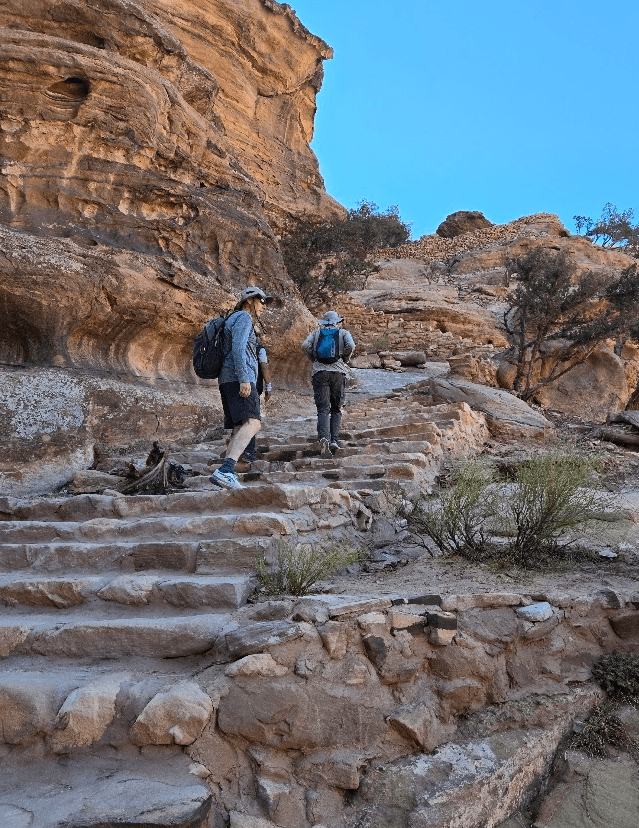
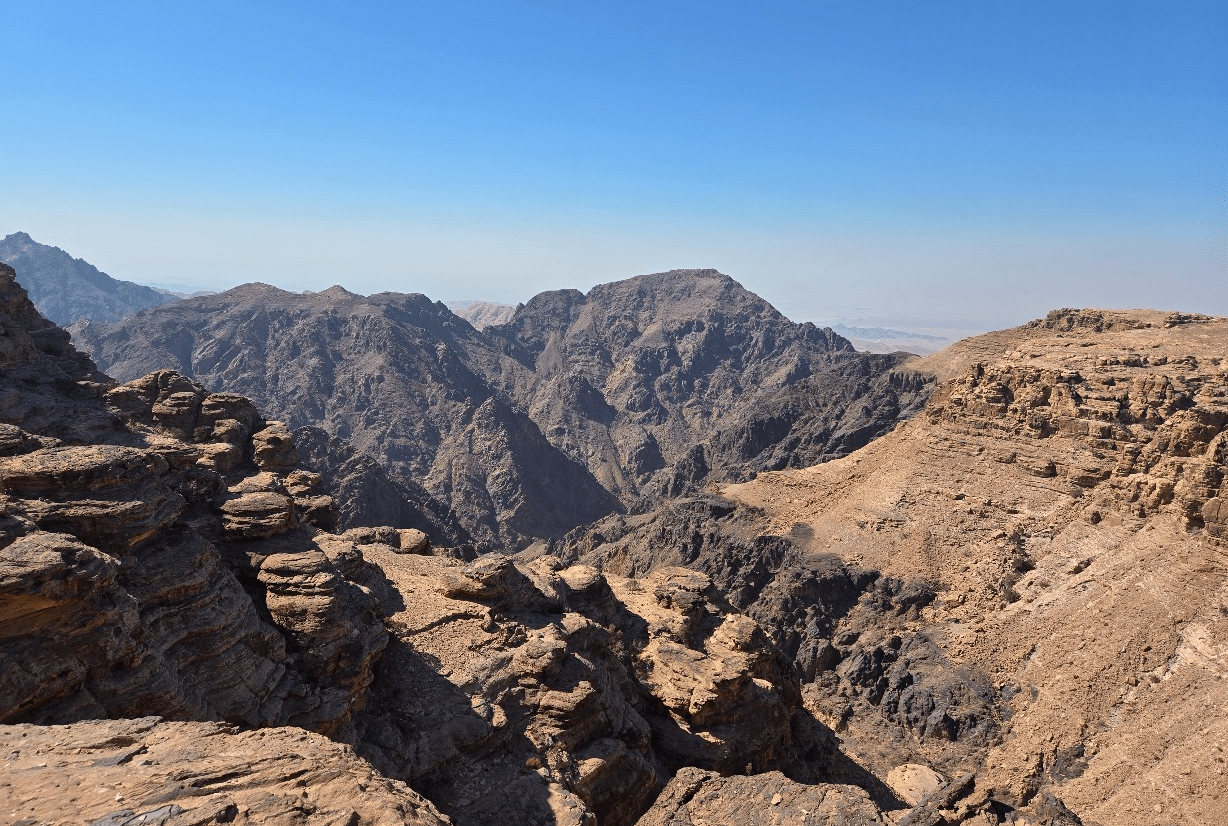
Little Petra, Jordan
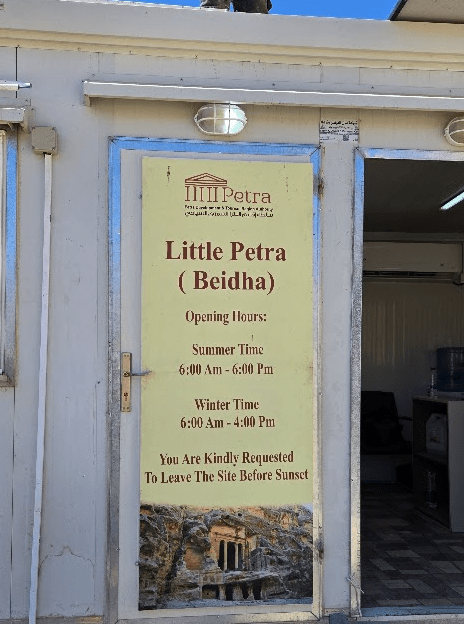
Little Petra (Siq al-Barid), situated just 9 kilometers north of the main Petra site, offers visitors a more intimate glimpse into Nabataean life without the crowds of its larger counterpart. This smaller complex, whose name means “Cold Canyon,” served as an important suburb and trading post for the main city. Its narrow entrance canyon leads to several impressive structures carved into the sandstone cliffs, including a temple, dining hall with well-preserved ceiling frescoes, and water cisterns. The most notable feature is the Painted House, which contains rare surviving examples of Nabataean painted frescoes depicting grape vines, flowers, and mythological figures – some of the only known examples of Nabataean painting. Little Petra’s compact size allows visitors to explore its treasures in about an hour, making it an excellent addition to any Petra itinerary.
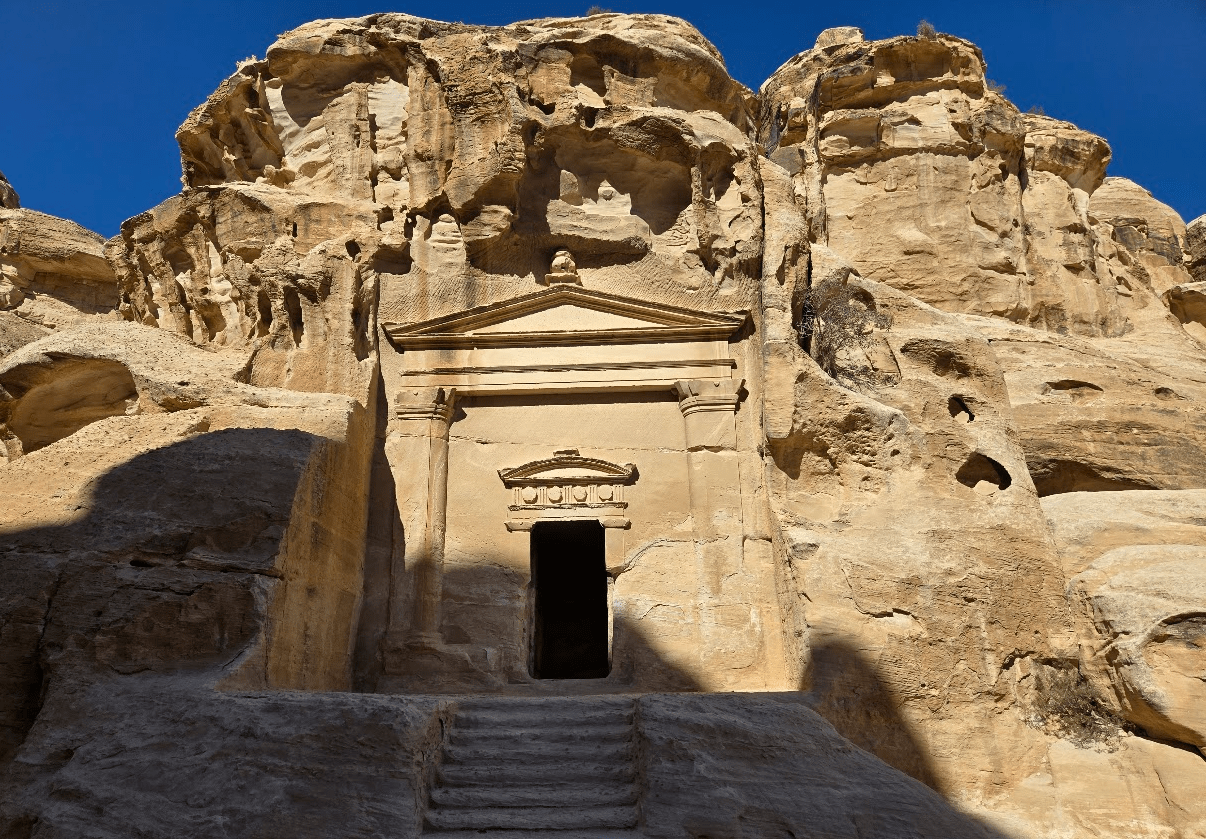
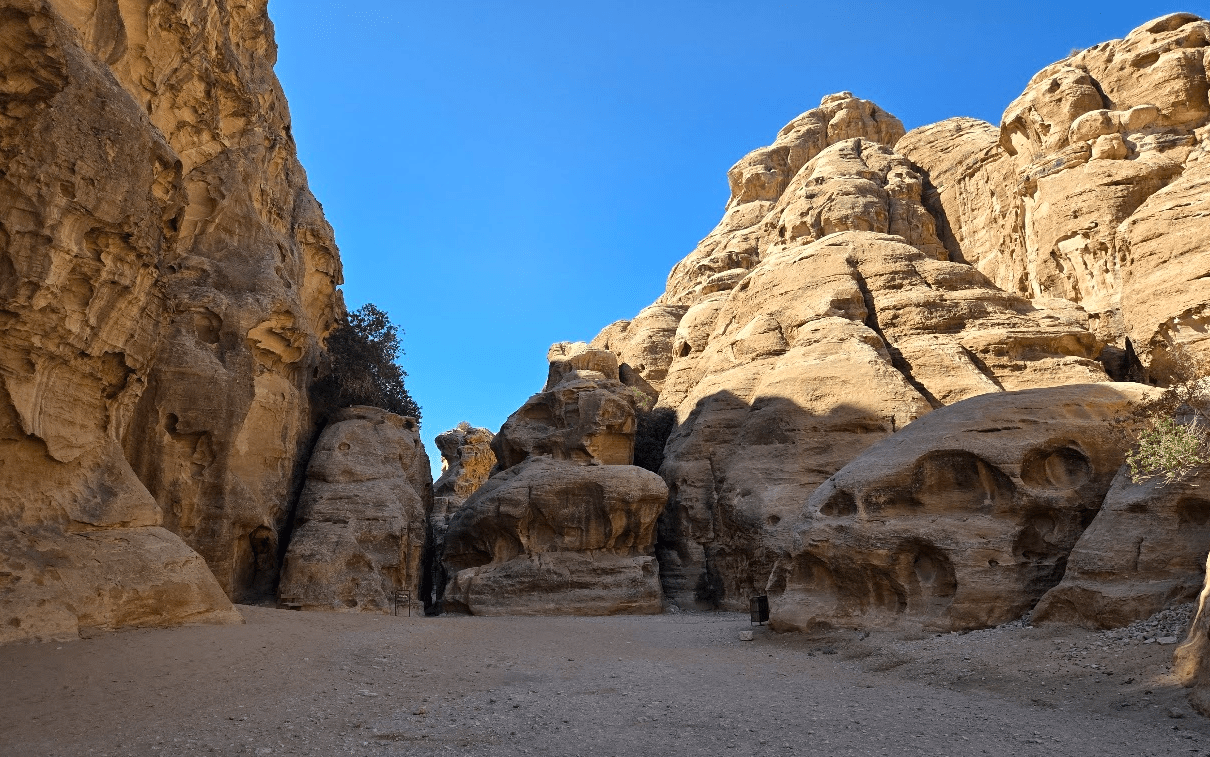
Movenpick Hotel, Petra
The Mövenpick Resort Petra holds a privileged position directly at the entrance to the ancient city, offering five-star luxury with an Arabian aesthetic. The hotel’s stone facade and traditional architecture blend harmoniously with its historic surroundings, while its interiors feature local artisanship including handcrafted furnishings and traditional Jordanian decor. The property boasts several dining venues, including the famous Al Iwan restaurant known for its Middle Eastern cuisine, and a spectacular roof garden terrace that provides panoramic views of Petra’s mountains, particularly stunning during sunset. The hotel’s location makes it especially convenient for visitors planning early morning entries to the archaeological site or those wanting to experience Petra by night. The property’s 183 rooms and suites offer modern amenities while maintaining traditional Jordanian style, and the hotel’s hammam and wellness center provide welcome relaxation after a day of exploring the ancient city
